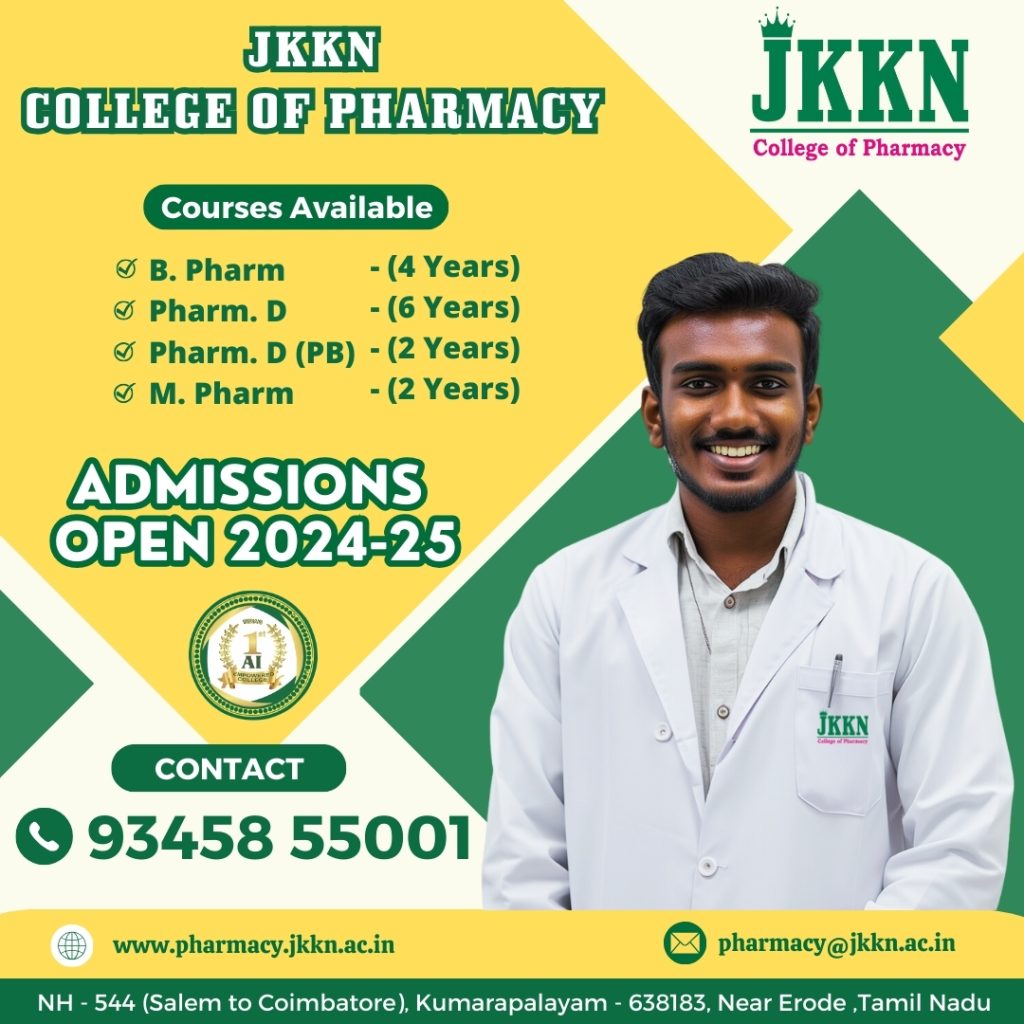I SEM-M.PHARM
FOOD ANALYSIS (Theory)
After a successful completion of the course the students will be able to
| Course outcome number | Course Outcomes | Cognitive level |
| CO1 | Recall and recognize the key principles and characteristics of various food components, such as carbohydrates, proteins, lipids, vitamins, food additives, and pigments. They should also remember the methods of analysis associated with each of these components. | C1 |
| CO2 | Understanding of the underlying chemistry and properties of food components. They will comprehend the classification and characteristics of carbohydrates, proteins, lipids, vitamins, and food additives. They will also understand the principles of microbial assays for vitamins and the detection methods for pigments and synthetic dyes. | C2 |
| CO3 | Apply their knowledge to real-world scenarios. They should apply general methods of analysis to determine the composition and quality of food components. They will apply their understanding of refining fats and oils, detecting spoilage, and analyzing fermentation products. | C3 |
| CO4 | Analyze food samples and identify the presence of adulterants, contaminants, and pesticide residues. They will analyze the effects of pesticides on various food products and evaluate the compliance of food products with legislation and regulations. | C4 |
| CO5 | Evaluate the safety and quality of food products based on their analytical results. They will assess the impact of processing on food components and make judgments regarding the suitability of food additives in various products. | C5 |
| CO6 | Create a design and conduct experiments related to food analysis. They will create analytical methods for specific food components and products, developing a deeper understanding of food chemistry and analysis in the context of food safety and quality. | C6 |
Remembering (C1), Understanding (C2), Applying (C3), Analyzing (C4), Evaluating (C5) and Creating (C6)


